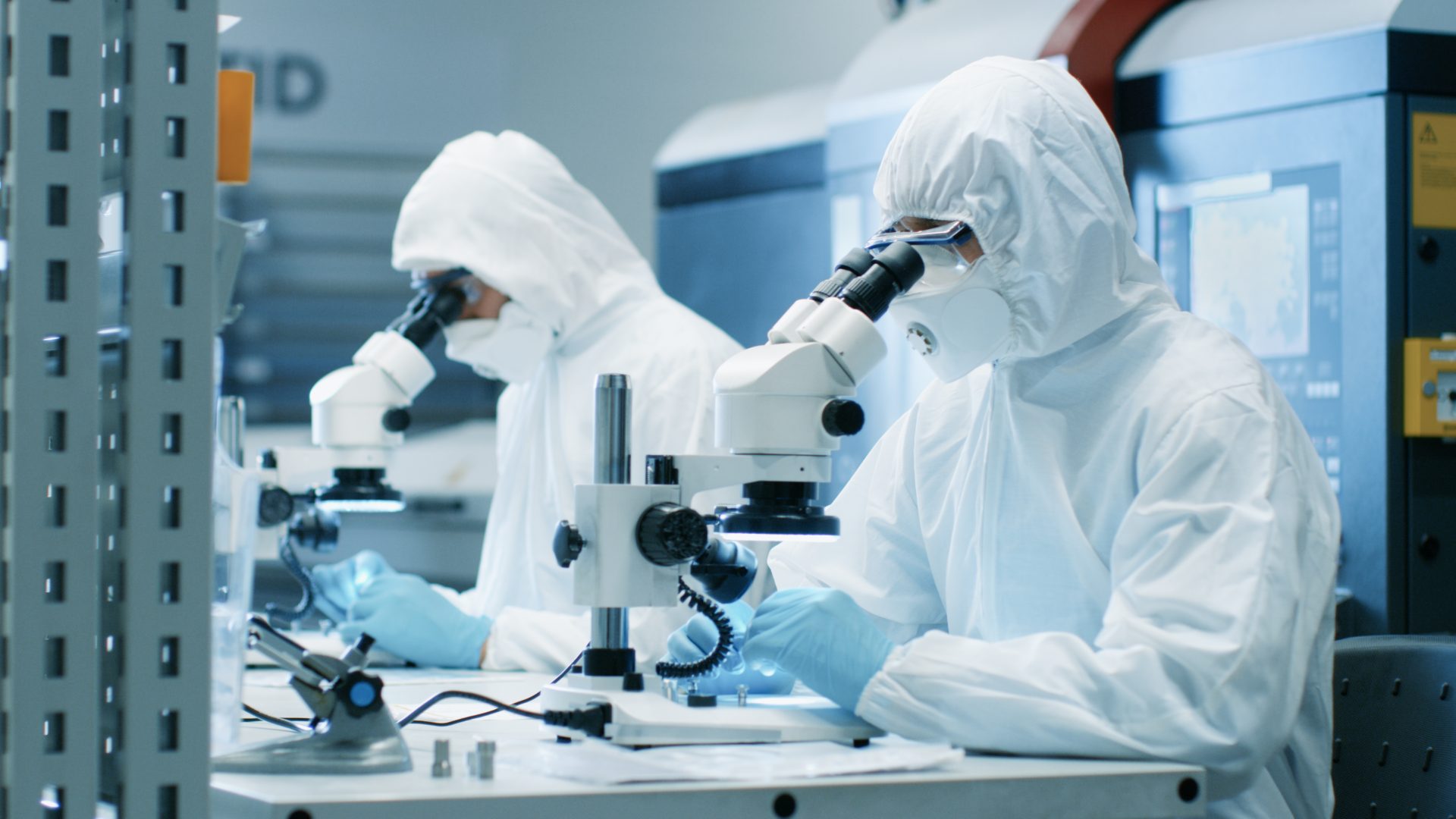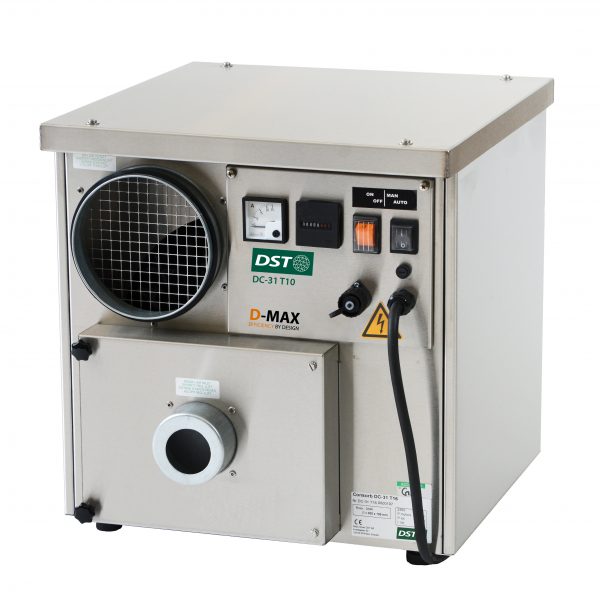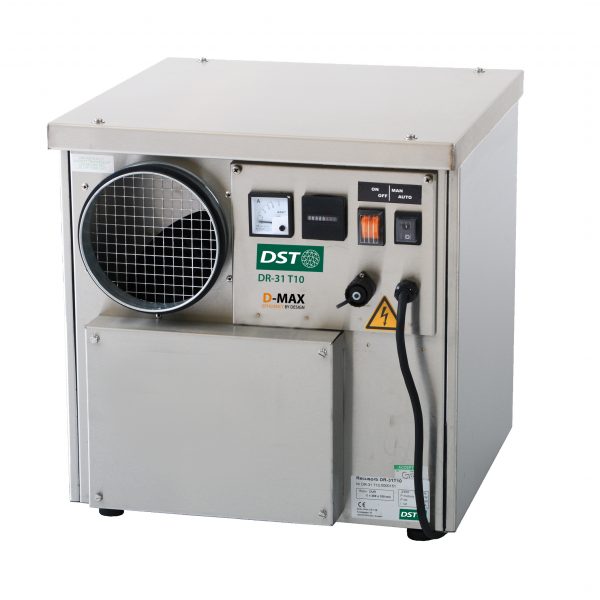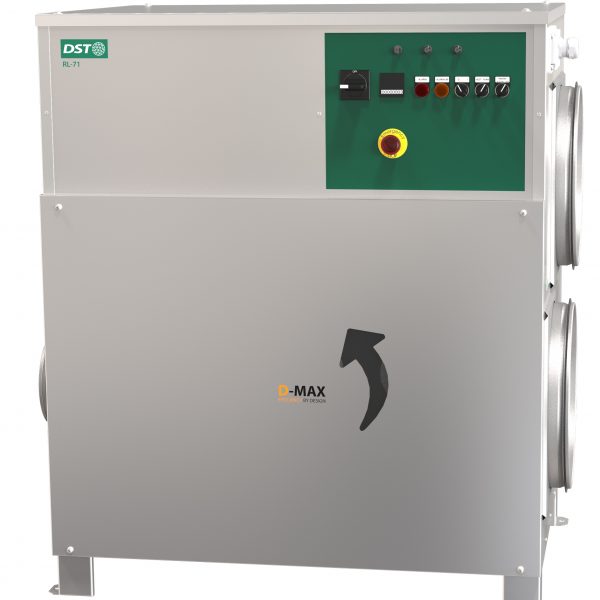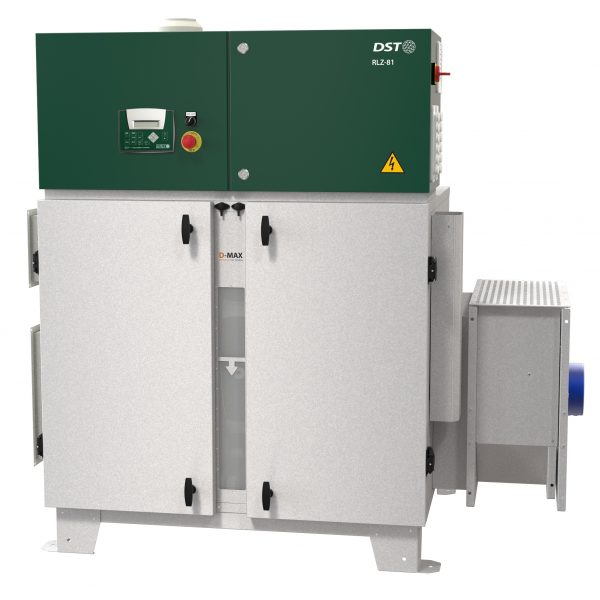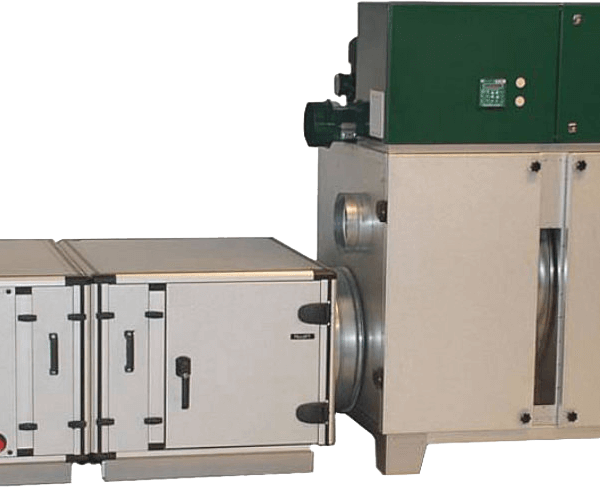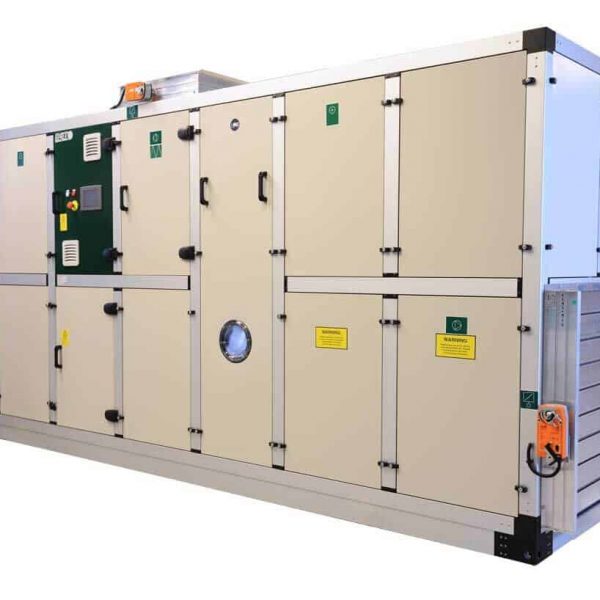Most substances used in drugs today are hygroscopic and any absorption of moisture during the manufacturing process will affect the final weight, quality and durability. When hygroscopic ingredients are weighed and mixed, it is important that the products’ weight is not influenced by absorption of moisture from the surrounding air.
In powder form, moisture will affect the flow, caking, compaction and strength properties of the manufactured solid form.
Yeast, moulds and bacteria require a certain amount of moisture to support growth. Controlling relative humidity is probably one of the most important factors in maintaining a sterile environment.
A cool dry environment generally enables faster production, a better quality product and a longer shelf life. The majority of tableting processes require humidity control between 20 and 35%RH at 21 to 24°C.
Moisture Loads
In most pharmaceutical air conditioning systems, the greatest moisture load is from the fresh air component that is typically between 5 and 20% of the total room supply air volume.
Depending on the moisture loads in the room, it may be necessary to only “deep dry” the fresh air component using a pre-cooling coil (to 10°Cdp) and a desiccant dehumidifier (< 10°Cdp).
Systems with a low fresh air volume or rooms with a excessive moisture loads from high infiltration rates (negative room pressure), frequent door use, high product moisture load, etc, will normally require desiccant drying of a mix of pre-cooled fresh air and some return air.
Dehumidifier capacity is controlled by an RH sensor installed in the room or the return air duct. This simple design is often adequate to accurately maintain the required RH in the room.

